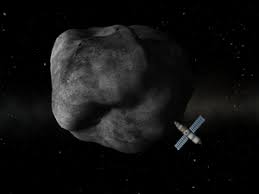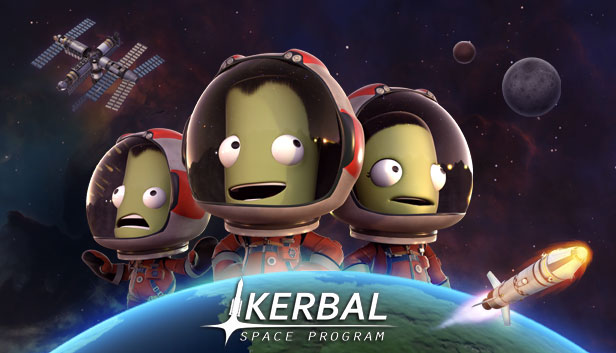Here is a simple guide for you to learn about the asteroids!
Asteroids can be found and monitored via the tracking station and come in various sizes, ranging from class A (at most 3 meters across and weighing tens of tons) to class E (at least 30 meters across and weighing thousands of tons). Their coloration ranges from light to dark grey, with patches of black and white dispersed over the surface.

An E class asteroid>>>>>>>>
Unlike the true celestial bodies in the game, asteroids are fully under control of the physics system. They can be rotated or accelerated by the application of torque or thrust, and moved into a different orbit or another body’s sphere of influence with correct maneuvering. They do not have SOIs of their own or produce gravity to affect nearby objects; they may not be landed on by craft, stood on by kerbals on EVA, or have flags planted on them, but may be docked with through the use of the Advanced Grabbing Unit.
Asteroids are procedurally generated; each new one is a unique shape and size. The part configuration file used as a prototype for each procedurally-generated asteroid can be found in GameData/Squad/Parts/Misc/PotatoRoid/part.cfg. It is a C class asteroid that can be attached to any spacecraft after editing the part’s config file, allowing it to be under any part category entered.
Some celestial bodies such as Gilly are often referred to as captured asteroids; this is merely an astronomical classification as they are not fundamentally different from the larger moons and planets in the way that asteroids are.
The rendezvous is identical to the usual docking- the asteroid is targeted and orbits are matched. Asteroids are frequently found on hyperbolic escape trajectories when encountered within Kerbin’s SOI, which can make the map view more difficult to use to plan an encounter. On close approach instead of targeting a specific docking port the center of mass of the asteroid may be targeted, and the Advanced Grabbing Unit attached to the asteroid’s surface at any point. Perfect accuracy is not crucial because the Advanced Grabbing Unit can be tilted after contact to align the craft’s thrust with center of mass.
The asteroid’s mass can be estimated with the following formula, obtained experimentally. This is only an estimate as the masses of asteroids even within the same size class varies significantly.
{\displaystyle M=e^{1.5\cdot x}}M=e^{{1.5\cdot x}}Where:
{\displaystyle M}M is the mass in tonnes
{\displaystyle x}x is the class (A = 1 and E = 5)
. Assuming a range of ±0.5 for {\displaystyle x}x gives the following approximate ranges for each class:
A: 2.1 ~ 9.5 tons
B: 9.5 ~ 42.5 tons
C: 42.5 ~ 190.6 tons
D: 190.6 ~ 854 tons
E: 854 ~ 3,828 tons
Asteroids are also a good source of science, since each new encounter yields additional data.
Some contracts require you to capture a particular class of asteroid and put it in orbit around certain bodies or eject it from the solar system.
Once captured into a stable orbit, asteroids can be converted into space stations by attaching suitable parts to them with additional claws.
Asteroids can be mined for ore, which can be converted into various fuel types for ships.
Destroying buildings at the KSC for fun.
Related Posts:
- Kerbal Space Program: All Planets & Moons Guide
- Kerbal Space Program: How to Land on the Mun
- Kerbal Space Program: Secret Launch Points
- Kerbal Space Program: How to Remove the Launcher
- Kerbal Space Program: How to Add Custom Flags

